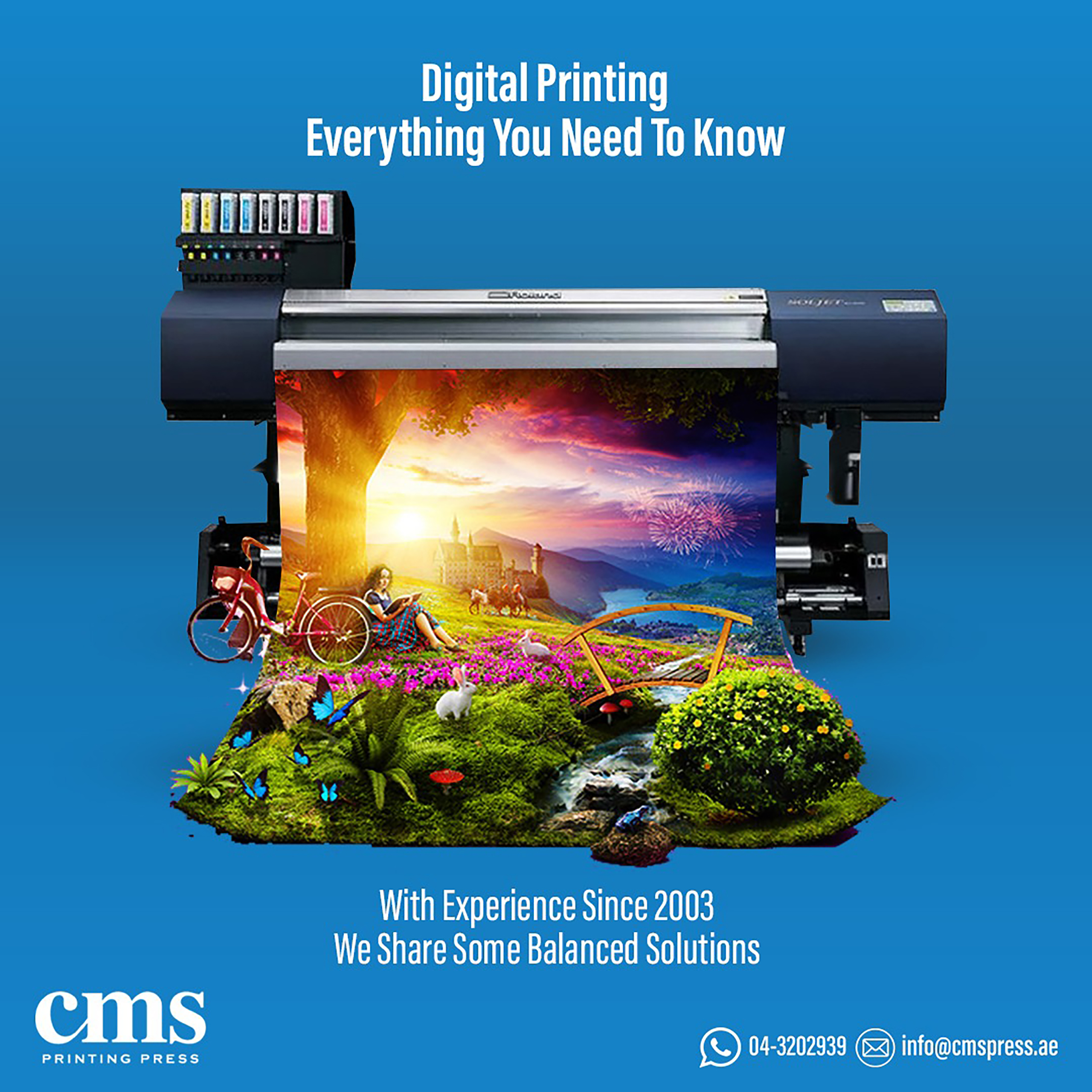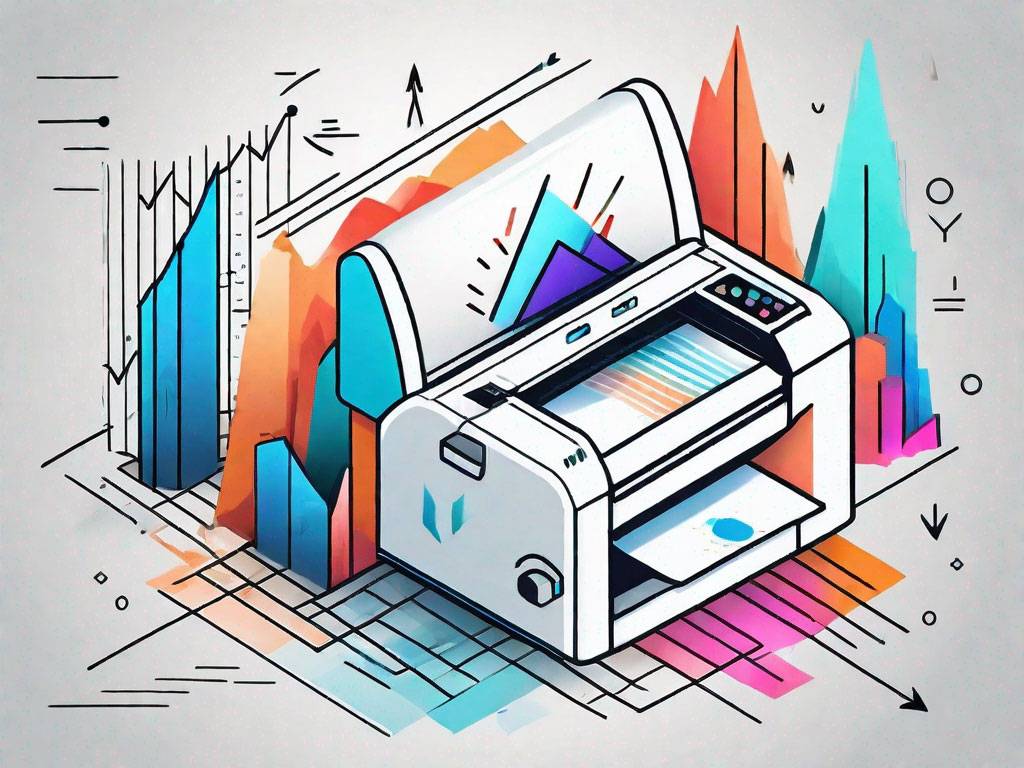Facebook campaigns plays a key role in growing print on demand sales.
Wiki Article
Comprehending Just How Digital Printing Reinvents the Printing Market
The printing sector, long steeped in conventional approaches, is undertaking an extreme improvement with the development of digital printing. This cutting-edge innovation, which shuns the requirement for printing plates, enables fast manufacturing and personalization, reshaping the landscape of print interaction. With its potential to stimulate engagement via individualized content and to offer sustainable remedies, it's clear that digital printing is more than a technical advancement; it's an essential video game changer. However just how exactly does it revolutionize the market? Allow's check out.The Advancement of Digital Printing: A Quick Introduction
Considering that its beginning, electronic printing has gone through significant makeovers, continually revolutionizing the printing sector. Its advancement began with the growth of xerography in the mid-20th century, a process which prepared for printer. With the development of the 90s, electronic printing technology began to mature, and the industry witnessed the intro of straight imaging presses, which eliminated the need for publishing plates. As the new millennium unfolded, improvements in technology even more stimulated the development of digital printing, resulting in the production of high-speed inkjet printers. These gadgets offered remarkable high quality and rate, forever changing the landscape of the sector. Today, electronic printing stands as a testament to human advancement, consistently progressing to meet the ever-changing demands of the contemporary globe.
Unpacking the Technology Behind Digital Printing
Looking into the ins and outs of electronic printing innovation, one experiences an abundant tapestry of advanced machinery and facility algorithms. At the heart of this process exists an electronic picture, which is refined by software application that splits it right into a grid of dots. These dots are then converted right into a digital code. This code is interpreted by the printer, which uses it to specifically deposit droplets of ink onto the substratum. The droplets are so small and accurate that they produce a photo that is virtually tantamount from the initial. This detailed system, bolstered by innovative software and high-resolution imaging, has changed the landscape of the printing industry, leading the way for extraordinary levels of detail and accuracy.
The Benefits of Digital Printing for Services
Comprehending the innovation behind electronic printing offers a clear image of its accuracy and information. Electronic printing is ecologically friendly, using much less ink and generating much less waste. The full potential of electronic printing is recognized when utilized for modification and personalization, a topic that will certainly be covered in deepness in the next area.The Duty of Digital Printing in Customization and Personalization
While conventional printing approaches struggle with modification and personalization, digital printing succeeds in these areas. It enables the easy modification of designs, without the requirement for pricey and taxing plate adjustments (print on demand). This makes her explanation it possible for organizations to customize products to private consumers, meeting specific requirements and enhancing customer complete satisfactionDigital printing also enables variable information printing, where elements such as message, graphics, and images might be transformed from one published piece to the following, without reducing the printing process. This is particularly helpful for direct advertising projects, where customized messaging can substantially boost response prices. This way, electronic printing not only revolutionizes the printing industry however likewise transforms the way businesses interact with their clients.
Evaluating the Ecological Influence of Digital Printing
Although electronic printing has actually been admired for its function in customization and customization, it is essential to analyze its environmental impact. Digital printing can be much less wasteful than traditional techniques, see page since it additional hints runs on a 'print on need' basis, eliminating the demand for large print runs that can result in surplus and waste. Additionally, it makes use of fewer chemicals and produces less volatile natural substances (VOCs) contrasted to balance out printing. Nevertheless, the energy use of digital printers can be high, resulting in boosted carbon impact. Additionally, using non-recyclable printing parts and the difficulty of e-waste management position significant ecological concerns. While electronic printing has several advantages, its ecological influence must be conscientiously taken care of.Conclusion
Finally, electronic printing has actually changed the printing sector, supplying fast, cost-effective, and high-quality remedies. It helps with modification, enhancing consumer engagement, and employs a lasting print-on-demand version. As this technology remains to progress, its effect on organization communication, client satisfaction, and environmental sustainability becomes progressively extensive. Comprehending these adjustments is critical for organizations to take advantage of the benefits of digital printing effectively.Report this wiki page